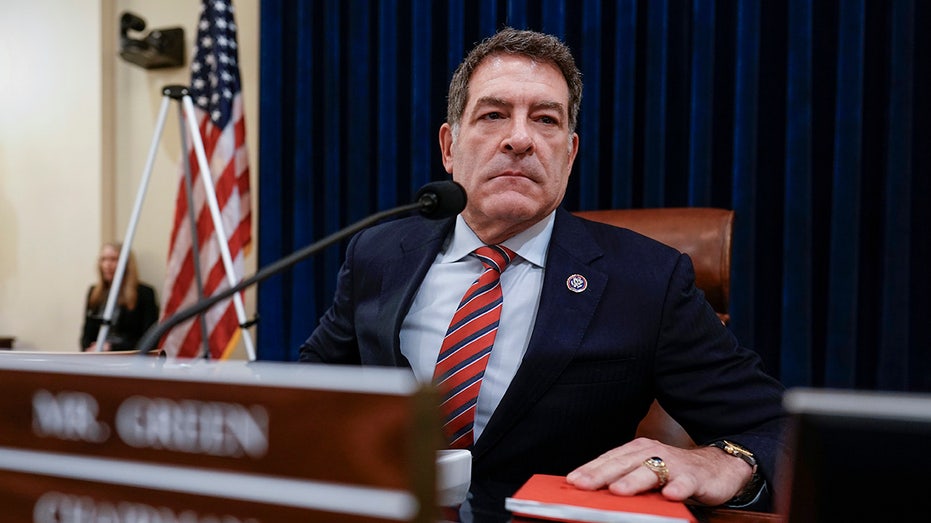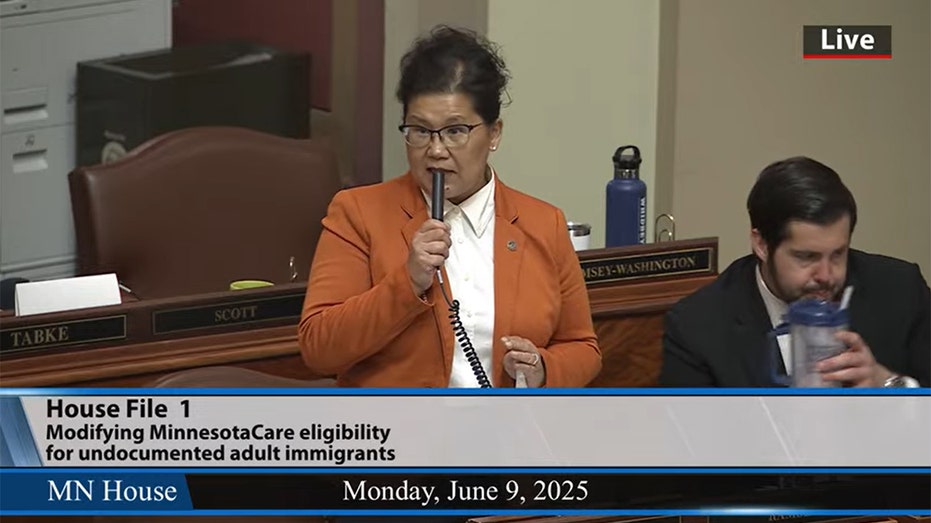Crash Expert Reveals Karen Read's SUV Reached '74% Throttle' Just Before John O'Keefe's Fatal Movements
Prosecutors cite crash expert evidence in Massachusetts court to bolster case that Karen Read hit her boyfriend with her SUV.

The prosecution in the Karen Read trial continued to build its case this week, focusing on expert testimony aiming to connect Read’s vehicle movements with the death of Boston Police Officer John O’Keefe. Read, 45, stands accused of fatally striking her boyfriend, 46-year-old O’Keefe, with her Lexus SUV outside a fellow officer’s home in Canton, Massachusetts, during the early morning hours of January 29, 2022. Prosecutors allege she then left him in the yard, where he succumbed to the elements.
On Tuesday, special prosecutor Hank Brennan called Dr. Judson Welcher, an accident reconstructionist and biomechanical engineer, as the state’s latest and possibly final witness. Welcher analyzed data from Read’s vehicle, emphasizing that its "black box" did not register a collision around the time of O’Keefe’s death. He explained that this absence of impact data was expected, given that such systems typically only record car-to-car collisions and not those involving pedestrians.
Welcher outlined how he correlated Techstream data extracted from Read’s Lexus with reports indicating when the vehicle was activated. According to Welcher, information from colleague Shanon Burgess enabled him to synchronize the car’s internal clock with O’Keefe’s cellphone clock for accuracy. This adjustment allowed investigators to pinpoint the timing of the car’s ignition at 12:12:36 a.m., creating what Welcher described as an “apples-to-apples comparison.”
Roughly 19 minutes after the car was turned on, further data revealed a significant event: Read’s Lexus moved forward 34 feet, then reversed 53 feet at a throttle of 74 percent—reaching a speed of 23 mph by the end of the maneuver. Welcher stated this vehicle motion aligned with the timestamp of O’Keefe’s final activity on his phone, which he said placed the car in front of the residence at 34 Fairview.
This convergence of vehicle and cellphone data, according to Welcher, reinforces the prosecution’s timeline regarding O’Keefe’s final moments. Former Superior Court Judge Jack Lu remarked on the strength of the testimony, describing Welcher as “likable and professional” and noting that the high acceleration and lack of braking painted a damaging picture for the defense.
Welcher also reviewed surveillance footage that depicted Read leaving O’Keefe’s driveway before his body was discovered. The accident reconstructionist concluded that while the Lexus bumper likely made contact with O’Keefe, there was no evidence the taillight, specifically the upper taillight, was damaged. Welcher underscored his point by conducting his own experiment using a similar SUV and paint markings to show how scratch marks could have appeared on O’Keefe’s arm. He testified that the injuries observed on O'Keefe matched the orientation of Read's SUV taillight.
Based on all the forensic data, including DNA findings and injury analyses, Welcher told jurors his expert opinion was that O'Keefe was struck by Read’s vehicle. “With a reasonable degree of scientific certainty, that is what happened,” he concluded in response to direct questioning from the prosecution.
Welcher’s testimony builds upon earlier evidence discussed by specialists including Shanon Burgess and Cellebrite expert Ian Whiffin, both of whom previously testified for the prosecution. With Welcher’s direct examination drawing to a close, the state is expected to rest its case soon.
If convicted of second-degree murder, Karen Read faces the potential of life imprisonment. As the defense prepares for cross-examination, legal observers note that the prosecution’s use of technical data may have dealt a significant blow to Read’s case.




